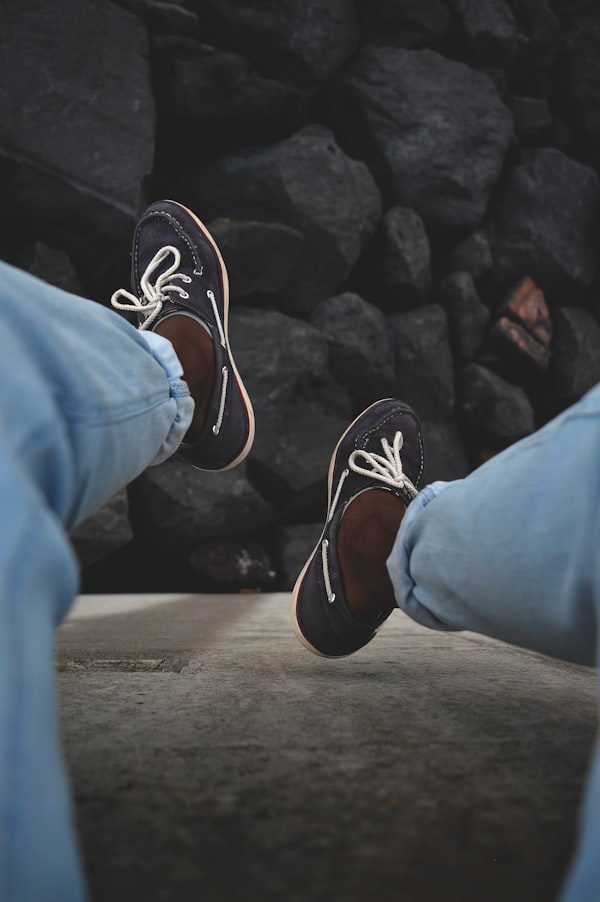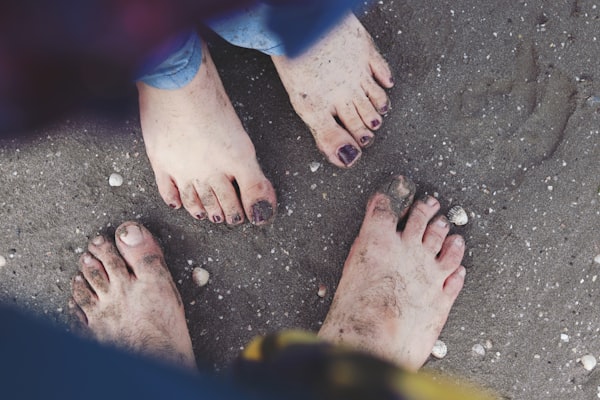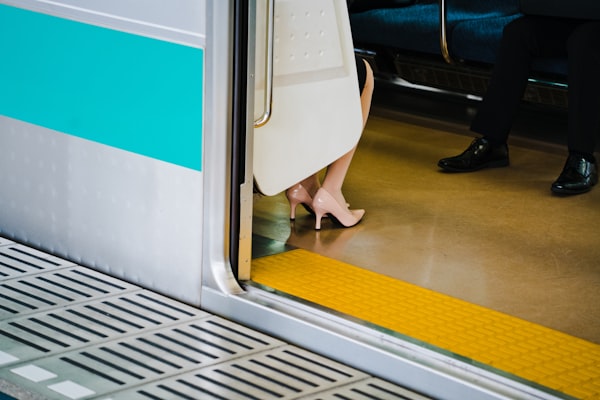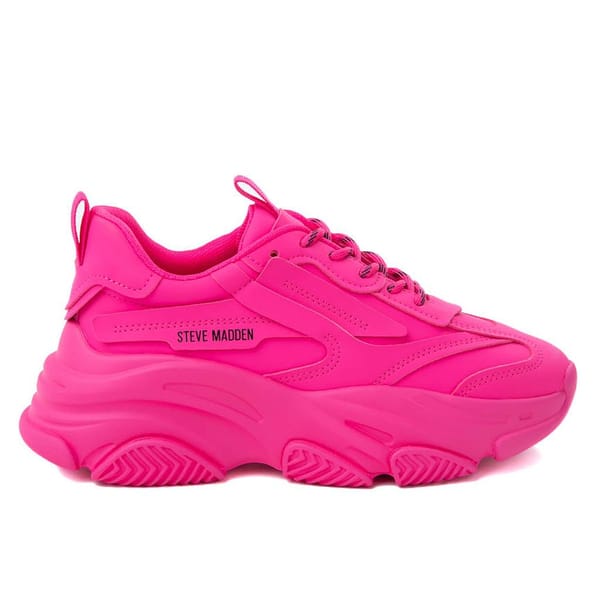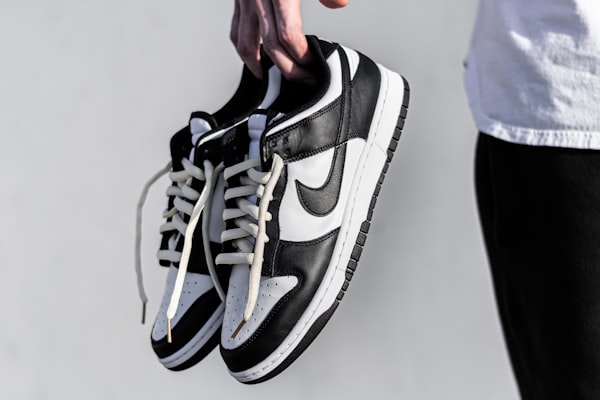Do you struggle with moldy shoes ruining your closet and leaving your footwear smelling bad?
Mold on shoes can be a nuisance and cause health issues. But did you know that preventing mold on shoes in your closet can be as simple as changing your storage methods?
Imagine having a clean, fresh, smelling shoe collection free from mold and mildew. Not only will your closet look better, but your shoes will last longer too!
Today, we will explore the A-to-Z of mold prevention on shoes in the closet. From proper ventilation to selecting the correct shoe storage methods, we've got you covered with easy-to-follow tips and tricks. So, let's get started on creating a mold-free shoe paradise!
Why Do Shoes Stored in The Closet Get Moldy?
Shoes stored in a closet can get moldy due to several factors. The primary causes of mold growth on shoes are moisture and lack of ventilation. Storing shoes in an enclosed space, such as a closet, can trap moisture and heat, creating an ideal environment for mold and mildew to thrive.
Shoes made of materials that retain moisture, such as leather or canvas, are more susceptible to mold and mildew growth.
Additionally, if the closet has poor air circulation or high humidity levels, this can also contribute to mold and mildew growth on shoes.

Should I Be Concerned if Mold Is Growing on My Stored Shoes?
Mold is a common issue faced by many people who store their shoes in a closet. Mold ruins the appearance of your shoes and can cause health problems and harm to your footwear. Address mold growing on shoes as soon as possible because there could be profound implications, such as:
- Health Concerns: Mold can cause respiratory problems, allergies, and other health issues when it is inhaled or comes into contact with the skin.
- Damage to Shoes: Mold can eat away at the materials of your shoes, causing them to deteriorate and become unsalvageable.
- Unpleasant Odor: Mold often emits a musty, unpleasant odor that can linger in your closet and on your shoes.
- Contamination of Other Items: Mold can quickly spread to other items stored in the closet, contaminating your entire wardrobe.
- Reduced Air Quality: The presence of mold in your closet can also reduce the overall air quality in your home, causing respiratory problems and other health issues.
Mold growth on shoes stored in the closet is a problem and should be taken seriously. Mold ruins the appearance of your shoes and can cause health problems and harm your footwear.
What Do I Do if I Find Mold Growing on My Stored Shoes?
Finding mold on your stored shoes can be a frustrating and unsanitary experience. But with the proper steps, you can effectively remove mold from your shoes and prevent it from growing back in the future. This section will discuss the steps you should take if you find mold growing on your stored shoes.
Step 1: Remove the Shoes from The Closet
The first step is to remove the moldy shoes from the closet to prevent mold from spreading to other items.
Step 2: Clean the Shoes
Use a solution of water, vinegar, water, and baking soda to clean the mold off the shoes. Scrub the shoes thoroughly and let them dry completely in a well-ventilated area.
Step 3: Clean the Closet
Clean the closet thoroughly, including the shelves, floor, and walls, using a solution of water and vinegar or water and bleach. Dry the closet completely before putting any items back in it.
Removing mold from your stored shoes is a simple process. By following the steps above, you can have a mold-free closet and a healthy, clean shoe collection.
How Do I Prevent Mold from Growing on My Stored Shoes in The Future?
Now that you've removed the mold from your shoes and closet let's discuss how to prevent it from returning. To prevent mold from growing on your stored shoes in the future, it's a good idea to implement the following preventative measures:
- Keep the Closet Well-Ventilated: Ensure that your closet has adequate ventilation to reduce humidity levels and prevent mold growth. You can install a fan or open a window to increase ventilation.
- Store Shoes Properly: Store them in a well-ventilated area, allowing air out between uses and keeping them off the floor. Use shoe trees or other forms of shoe storage to keep shoes from becoming overcrowded and trapping moisture.
- Keep the Closet Clean: Regularly clean your closet, including the shelves, floor, and walls, to remove dirt, dust, and other debris that can provide a surface for mold to grow.
- Use Moisture Absorbers: Use moisture absorbers, such as silica gel packs, to absorb excess moisture in the closet and prevent mold growth.
- Avoid Overcrowding: Don't overcrowd your closet; this can trap moisture and create an environment conducive to mold growth. Instead, store shoes in a way that allows air to circulate.


By taking these measures, you can effectively prevent mold from growing on your stored shoes in the future. In addition, regularly inspecting your shoes and closet for mold will help you catch any potential issues early, allowing you to take prompt action to prevent mold growth.
On a Final Note
So, there you have it, folks! With these simple steps, you can say goodbye to moldy shoes and hello to a closet that's fresh as a daisy.
Who says preventing mold has to be a bore? So take a deep breath and embrace the mold-fighting adventure!
And remember, the key to success is proper ventilation, smart storage, and a little TLC. Happy mold-free shoe storage!
Related Articles








